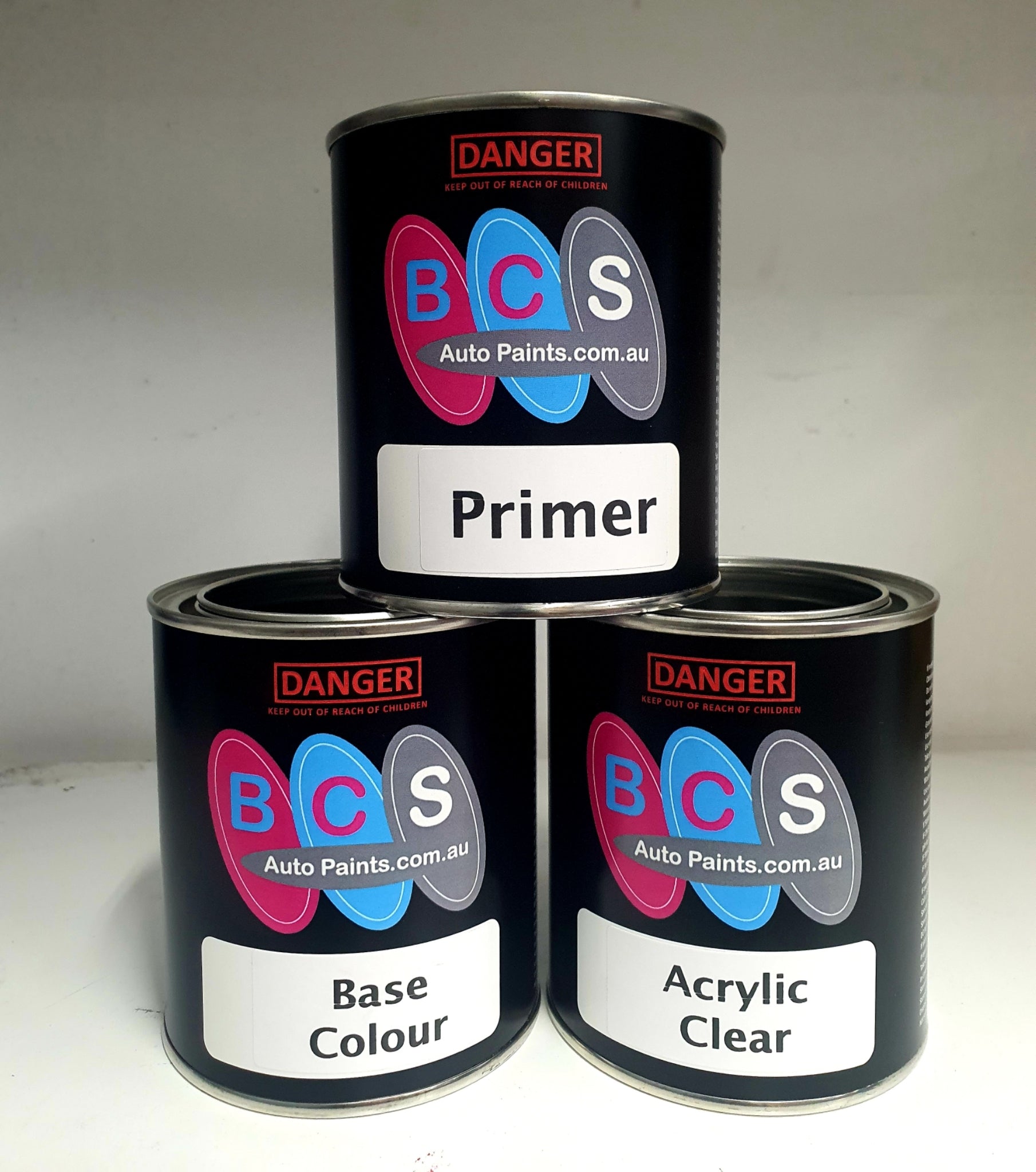Choosing the Best Auto Paint: A Guide to Reviving Your Vehicle
Whether you’re dealing with a few scratches, restoring an old classic, or giving your vehicle a fresh look, choosing the right auto paint is crucial. Auto paint does more than just enhance the appearance of your car; it also protects it from environmental factors like rust, UV rays, and road debris. This guide will walk you through the key considerations for selecting the best auto paint for your vehicle.
Understanding the Basics of Auto Paint
Auto paint is a specially formulated coating designed to cover a vehicle's bodywork. It’s a combination of pigments, solvents, resins, and other additives that create a durable and aesthetically pleasing finish. The primary types of auto paint include:
Acrylic Lacquer: Popular in the mid-20th century, acrylic lacquer provides a high-gloss finish. However, it’s less durable compared to modern options and is mostly used in classic car restoration.
Acrylic Enamel: Offering better durability than lacquer, acrylic enamel cures to form a hard shell, making it resistant to wear and tear. It’s a good choice for those who want a balance between ease of use and longevity.
Urethane Paint: This is the most popular choice today due to its superior durability, flexibility, and UV resistance. Urethane paint also provides a smooth, glossy finish and is available in single-stage or two-stage (base coat and clear coat) systems.
Waterborne Paint: An eco-friendly alternative, waterborne paint is gaining popularity. It uses water as a solvent, reducing the emission of harmful volatile organic compounds (VOCs). While it may require more time to dry, it delivers a vibrant finish comparable to traditional solvent-based paints.
Choosing the Right Color
When selecting auto paint, color is a significant factor. Not only does it reflect your personal style, but it also affects the vehicle’s resale value. Here are some tips to consider:
Match with Existing Color: If you’re only touching up or repairing, you’ll want to match the existing color as closely as possible. Most manufacturers provide a color code for each vehicle, which can be found in the owner's manual or on a label inside the car.
Resale Value: Neutral colors like white, black, and gray tend to have a higher resale value. While bright colors might be eye-catching, they may not appeal to everyone when it’s time to sell.
Climate Considerations: Lighter colors reflect more sunlight, keeping the car cooler in hot climates. Darker colors absorb more heat, which might not be ideal for warmer regions.
Application Process
The application process plays a critical role in the final outcome. You can choose to paint your car yourself or hire a professional. Here’s what to keep in mind:
DIY Painting: For those with experience, DIY painting can be a rewarding project. However, it requires proper preparation, including sanding, priming, and the use of a well-ventilated space. Mistakes can be costly, as poor application can lead to bubbles, uneven layers, or an unsatisfactory finish.
Professional Painting: Hiring a professional ensures a high-quality finish. Professionals have access to advanced tools, controlled environments, and the expertise to achieve a factory-grade look. While more expensive, it’s the best option for those who want flawless results.
Maintenance and Protection
After painting, maintaining the finish is essential for longevity. Regular washing, waxing, and applying a clear coat protect the auto paints from fading and damage. It’s also advisable to park in shaded areas or use a car cover to shield the paint from harsh weather conditions.

Comments
Post a Comment